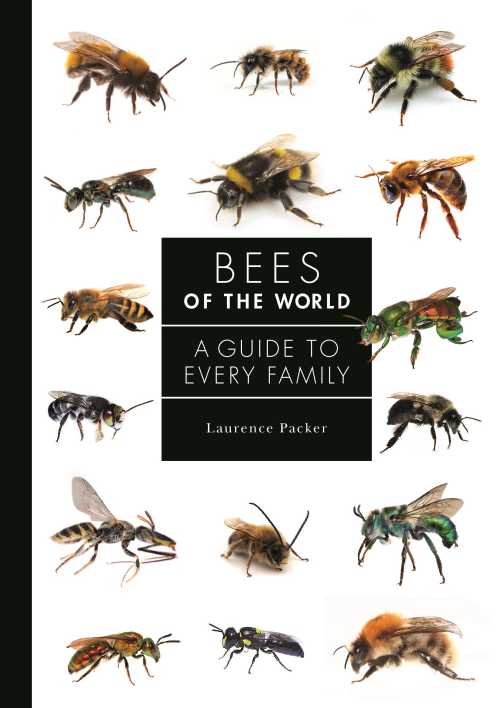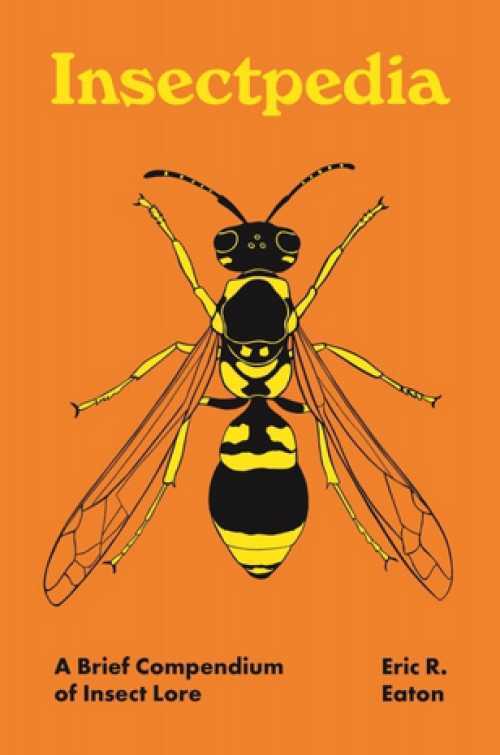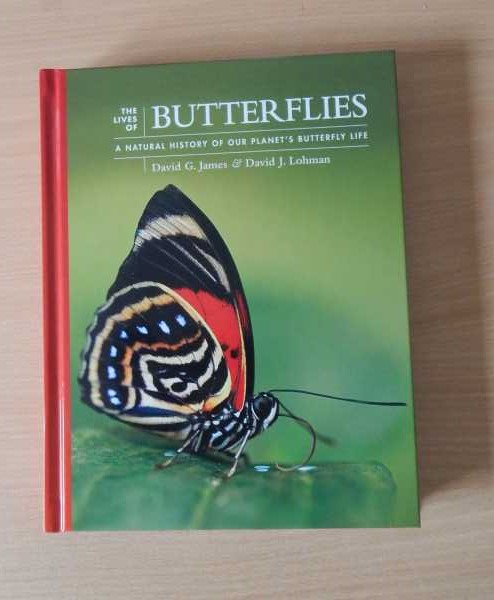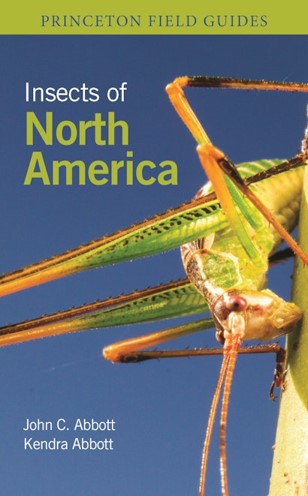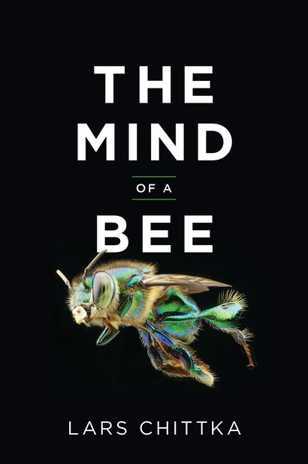Bee Families
What are the different bee families? How many are there, how do scientists decide how to group bees together, and which bee belongs in each family?
Firstly, all bees belong to the insect or Super-family 'Apoidea'. Apoidea also includes 'sphecoid wasps', from which bees are descended. You can read more about this on my link: are bees and wasps related?
The classification of bees is then split into families.
How Many Bee Families Are There?
There are 7 bee families listed in Michener's 'The Bees Of The World', and I think it's safe to say that most researchers broadly agree with this assessment (including, for example, notable authors:
- Packer1 (Bees Of The World - A Guide To Every Family);
- Falk2 (Field Guide to Bees Of Great Britain And Ireland);
- Wilson & Messinger-Carril3 (The Bees In Your Backyard).
What Are The Different Bee Families?
Here is a summary of the different bee families. Due to the significant disagreement between experts (melittologists) over particular statistics for some bee families (e.g. number of species included within it). I'm not mentioning those details here. This information is discussed on the pages covering each bee family in detail.
Apidae
Two bee families are categorized as ‘long-tongued bees’, and Apidae is one of those families (see: Bee Tongues).
This is a large, diverse group which includes, on the one hand, the highly eusocial honey bee (Apis), but also the cleptoparasite nomad bee species (Nomada).
Large carpenter bees (Xylocopa) and bumble bees (Bombus) also belong in this group.
Megachilidae
Megachilidae are the other of the two bee families classified as ‘long-tongued bees’. This bee family includes the wool carders, the mason bees, the resin bees, and leafcutters, and the world's largest known bee species (by body length), Megachile pluto.
Some members of this family are cleptoparasites, such as the sharp-tail bees (Coelioxys).
Andrenidae
A large family of bees found worldwide apart from Australia1. It includes the group traditionally referred to as the mining bees (Andrena) although this ground nesting habit is not unique to Andrena, and not all bees that engage in this nesting behaviour are included in this bee family. There are no cleptoparasite species in this family2.
Colletidae
Bees belonging in this group are diverse in appearance, ranging from tiny fairy-like species, those with a more waspish appearance, those more similar to honey bees, to a number of fatter, larger species.
This group includes the Hylaeus (the Yellow-face bees) and Colletes (the plasterer bees).
All Colletids line their nests with a waterproof cellophane-like substance. They are often referred to as 'cellophane bees'.
Halictidae
A large group of mostly small to medium-sized bees, with a number of bees which are metallic in appearance, such as the green bees in the Agapostemon genus.
Includes some bees commonly known as 'sweat bees'. Some cleptoparasite species are also included in this group.
Melittidae
A small family of ground-nesting, oligolectic bees (forages for pollen on a restricted, often closely-related range of plants species). In some species, floral oil rather than pollen is used as larval food (such as Macropis), and there are no social or cleptoparasites in this group (Falk2).
Some Melittids resemble members of the Andrena group.
Melittidae are found in Europe, North America, Asia and Africa. They are short-tongued.
Stenotritidae
The smallest bee familyand only found in Australia1. Originally part of the 'Colletidae' family5.
Bees are further grouped into subfamilies and tribes, and over 4,000 genera (i.e. types of bees).
How Are Bee Species Assigned To A Bee Family?
Scientists group bees together according to physical characteristics and/or DNA.
To explain further ...
When scientists discover a new bee species, their first question will be, "What kind of bee is this?".
The species will then be examined in order to classify the species (i.e. place it into its correct family). This can involve traditional morphological analysis (examining the physical anatomy of the bee), or analysing DNA sequences1,4.
Further investigation by the researchers will then place the species into one of the bee genera which in turn will form part of the specie's scientific name.
Not all researchers agree!
However, not all scientists agree on the number of bee families there are. Packer1 notes that some researchers consider bees to belong to a single family, whereas I have also come across texts which state there are 9 families.
Indeed, entomologist, Steven Falk2 notes:
"The classification of bees is not particularly stable...At one extreme, all bees are placed in one family (Apidae), whilst at the other, up to nine separate families are recognized".
Packer states that the disagreement arises from comparing results of the traditional morphological analysis method versus the DNA method of classification. Packer notes that neither system is perfect.
Bees are sometimes placed in one grouping, only for it later to be assigned to another group (in those cases, the scientific name of the bee will change to reflect the new grouping, which could occur, at family or genus level).
References
1. Bees of The World: A Guide To Every Family, Laurence Packer. Princeton University Press, Princeton & Oxford, 2023; ISBN: 798-0-691-22662-0.
2. Field Guide to Bees Of Great Britain And Ireland by Steven Falk, Bloomsbury 2015.
3. Wilson & Messinger-Carril; The Bees In Your Backyard, Princeton University Press 2016.
4. Example: Hedtke, S.M., Patiny, S. & Danforth, B.N. The bee tree of life: a supermatrix approach to apoid phylogeny and biogeography. BMC Evol Biol 13, 138 (2013). https://doi.org/10.1186/1471-2148-13-138
5. Michener, C.D. (2007) The Bees of the World, 2nd edn. The Johns Hopkins University Press, Baltimore, Maryland
If you found this page helpful or interesting, I'd really be grateful if you would share it with others - if not this page, perhaps another, such as Gardening For Bees.
Thank you so much :) .
